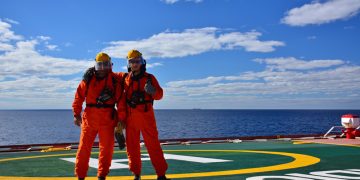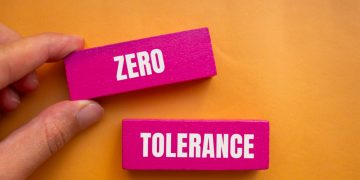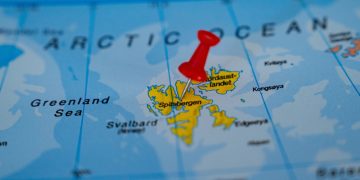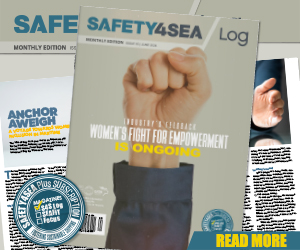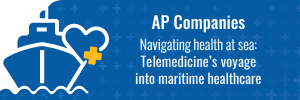New modeling system helps predict movement of oil spills
A project being carried out for the Ministry for Primary Industries (MPI) by MetOcean Solutions Ltd is allowing the Ministry to more accurately predict how oil spills and marine pests may move around our coastline. New Zealand has a highly-diverse marine environment that is influenced by rapidly evolving weather systems and a complex coastline. This makes predicting the movement of pollutants and organisms in our coastal waters a very challenging task. By pairing high powered computer resources with a new advanced numerical code that can simulate ocean and atmospheric processes, MetOcean has developed effective tools that can help resolve this complexity. The system architect, Dr David Johnson of MetOcean Solutions, says over the next year this innovative new system will be established with the collaborative support from fisheries scientists at MPI and researchers from the Cawthron Institute. “The application will be designed within a GIS platform, and allow scientists and researchers with minimal numerical modeling experience to be able undertake meaningful simulations,” he says. The core of the application will be a continuous ten-year hindcast of the ocean currents around New Zealand, including all the major ports and harbours. A hindcast is essentially a recreation of the historical conditions. Hour-by-hour ...
Read more






